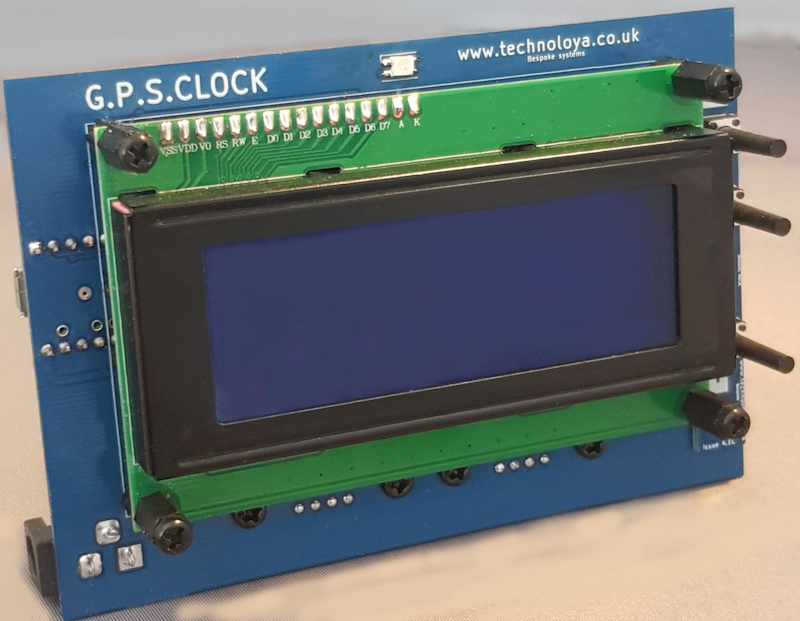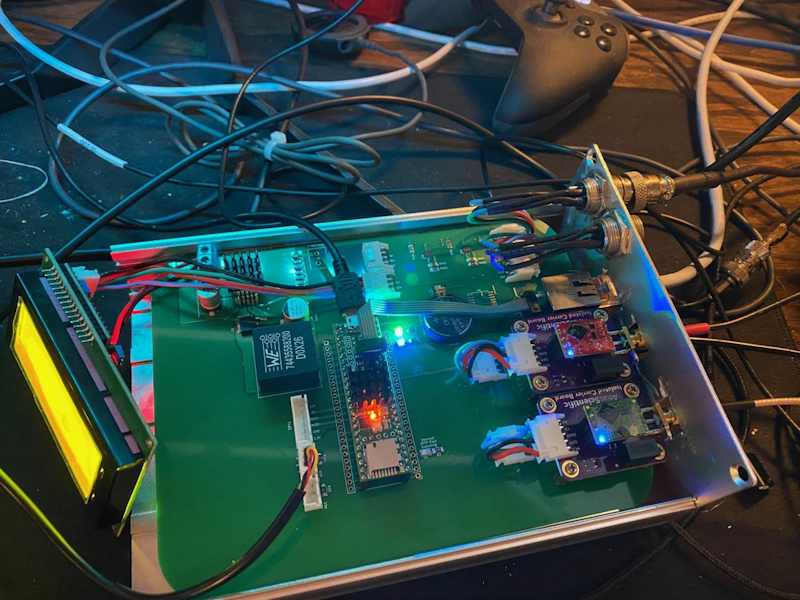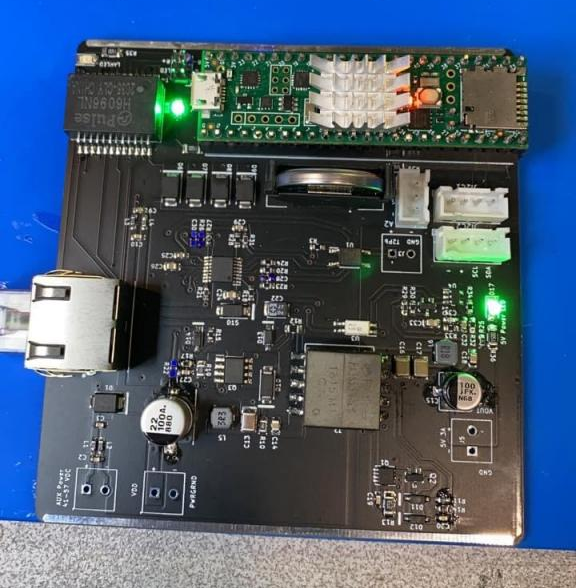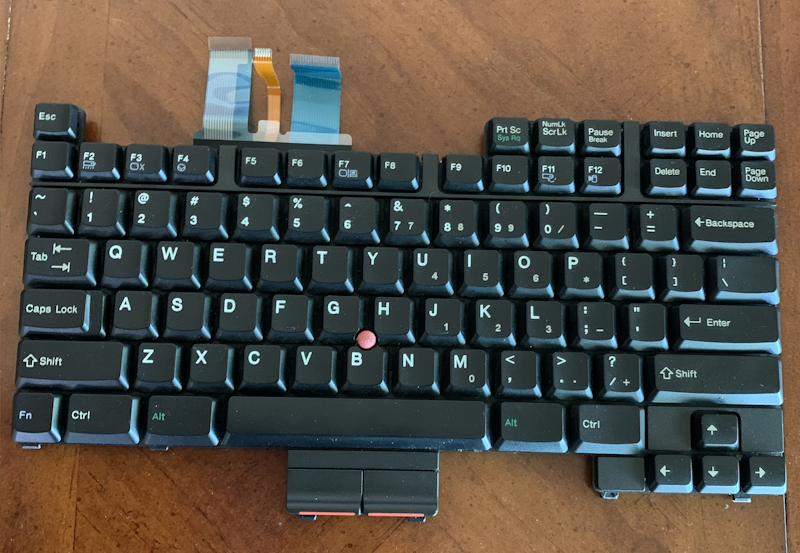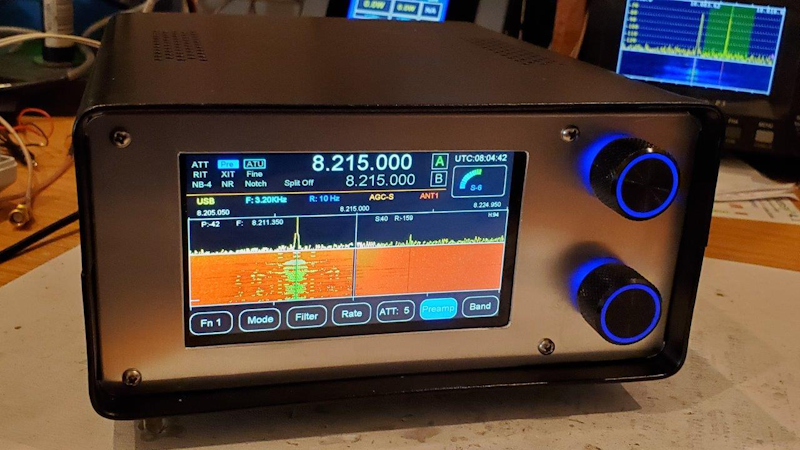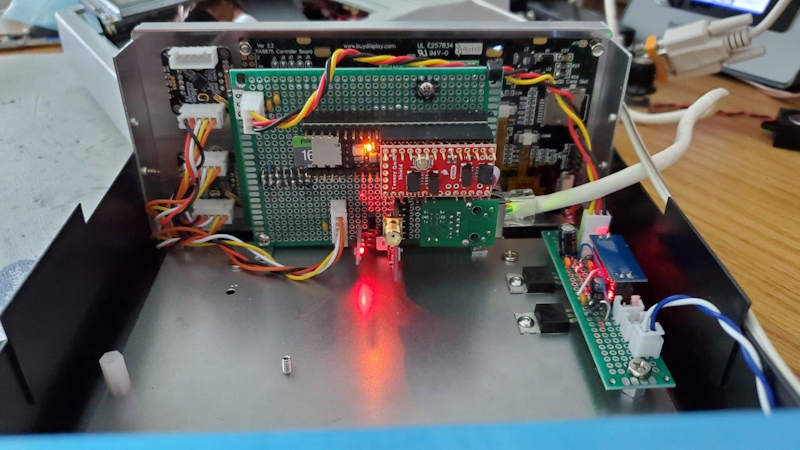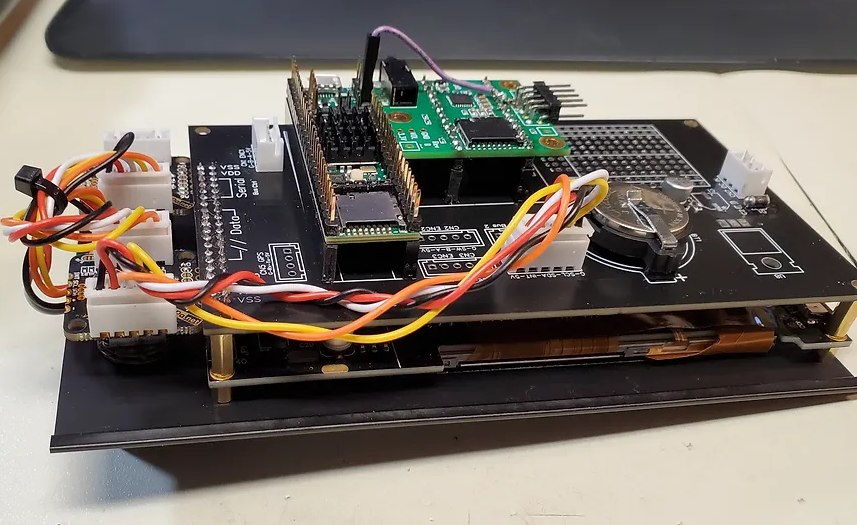The Arcom RC210 Advanced Repeater Controller is a popular solution for managing multiple amateur radio repeaters. It has a built-in real-time clock (RTC) for scheduling and other features, but extended power outages and other factors can cause it to drift.
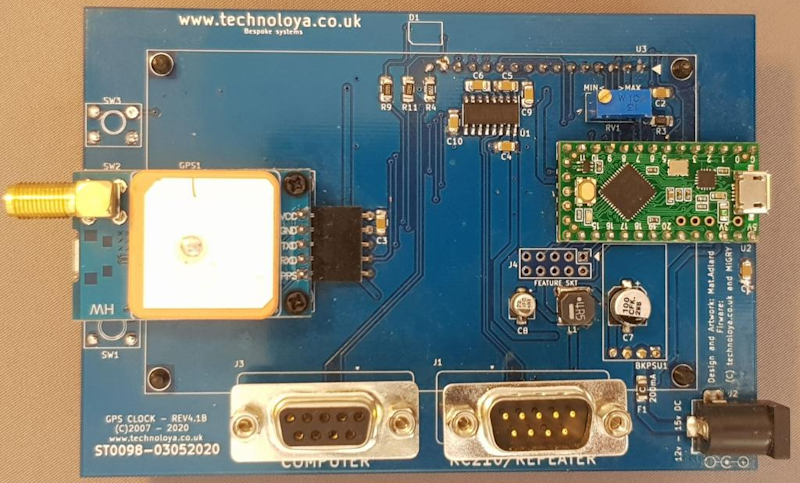
MatA came up with a great solution to this problem in the form of their GPS Time Source project.
Initially based on an Arduino, MatA switched to the Teensy LC on recommendation from a friend, greatly enhancing the project’s capabilities thanks to increased memory and processing power over the original. A custom PCB holds the Teensy, GPS module, LCD display, and DB9 connectors for interfacing to the repeater controller. Find out more on the project’s web page.
